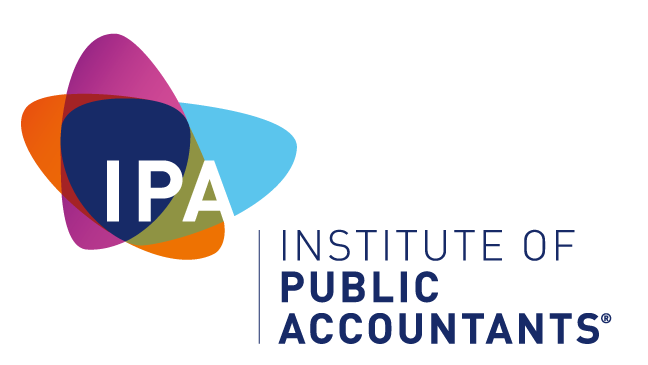Very few business owners have the means to operate without borrowing at start up, or later on when it’s time to invest in growth.
Borrowing, however, is only a temporary solution to a lack of funds. Without a repayment plan debt can grow into an unmanageable problem that costs much more than the initial loan.
These strategies will help you re-pay your debt faster, so you can invest the cash you’ve been spending on interest back into your business.
Set your debt-free goal
There’s no way around it: the first step to eliminating debt is knowing exactly what you owe so you can hatch a plan to pay it off.
Tally all your debts and then decide how soon you’d like to be debt free. Could you reasonably pay down your debt in six months? A year? Two?
Set a date, then calculate how much you need to pay down each month to meet your deadline.
Create a snowball effect
The idea with this tactic is to knock off one debt at a time by paying as much as you can toward the lowest balance each month – while making at least the minimum payment toward every other debt.
Start with an inventory of all your debts; list them, smallest to largest. Once you’ve paid off your smallest debt, contribute extra funds to the next one on your list until each is paid in full.
Focus on earning
Lauren Bowling paid down $8000 in debt in 90 days by picking her “debt-free date” and working backward to determine how she had to pay down each week to achieve her goal.
She trimmed her budget, then picked up extra work freelancing, doing voice-over work, blogging, selling things on Ebay, and even renting out her house.
What could you do to create a second or third income stream to pay down your debt sooner? Consulting? An online store or subscription business? Selling digital products?
Keep your spending in check
Take a look at your expenses for every area of your business and find ways to trim the fat. Use a free budget template to keep your business spending in check (or use your online accounting system’s budget tracking tool).
Negotiate lower interest rates
If you regularly make payments toward your credit card balance you might be able to score a lower interest rate, just by asking. You might also consider a consolidation loan which would reduce your bills to one low monthly payment – or applying for a line of credit to pay down your credit card at a much lower rate.
Going forward, if you find you can’t pay your credit card balance in full each month, try to make double the minimum payment. As you master the art of becoming debt free – and avoiding future debt – learning the true cost of paying your minimum credit card balance may shock you.
Final thoughts
As a rule of thumb, new small business owners should strive to repay all their debt in the first year of business to lower their risk of bankruptcy.
Ultimately, the key to paying off debt is simple: make a plan and then put every cent you can toward it until it disappears. Your tax refund, birthday gifts, the $20 you found in your jacket pocket, and any other “found” money you can spare.
If you’re drowning in debt and feel too overwhelmed to make a plan, talk to a credit counsellor. Often their services are free, and there’s no substitute for the assistance of a trained debt advisor.









